The CRISPR/Cas9 toolbox has been expanded with fluorescent Cas9 and a dCas9 functionalized with a tag able to activate gene expression that can be transfected to cells directly as ribonucleoprotein complexes (RNP).


The CRISPR/Cas9 toolbox has been expanded with fluorescent Cas9 and a dCas9 functionalized with a tag able to activate gene expression that can be transfected to cells directly as ribonucleoprotein complexes (RNP).

Carbon pricing is a recurrent theme in debates on climate policy. As there is much misunderstanding about the many reasons to implement a global carbon price, ideological resistance against it prospers.

Researchers have developed a controlled-release drug delivery system that uses focused ultrasound as an active induction method.

The importance of revisiting and rediscovering old work: The exploitation of frustrated Lewis pairs.

In the war against climate change two promising approaches are being developed for catalytically converting CO2 to value-added chemicals and fuels
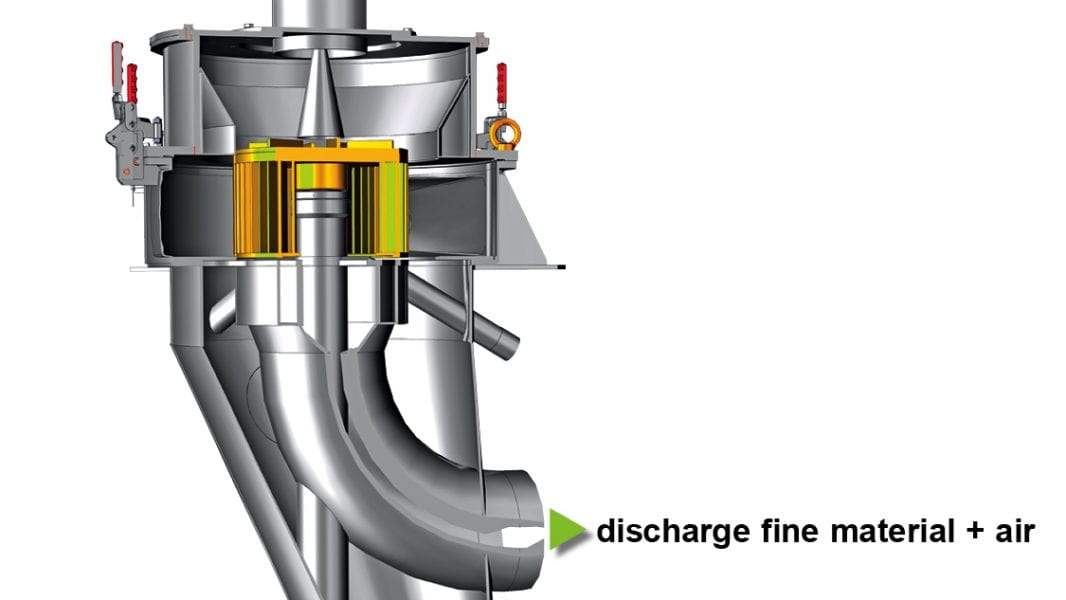
The new design of an air classifier allows a fineness range from 200 μm to 2 μm.
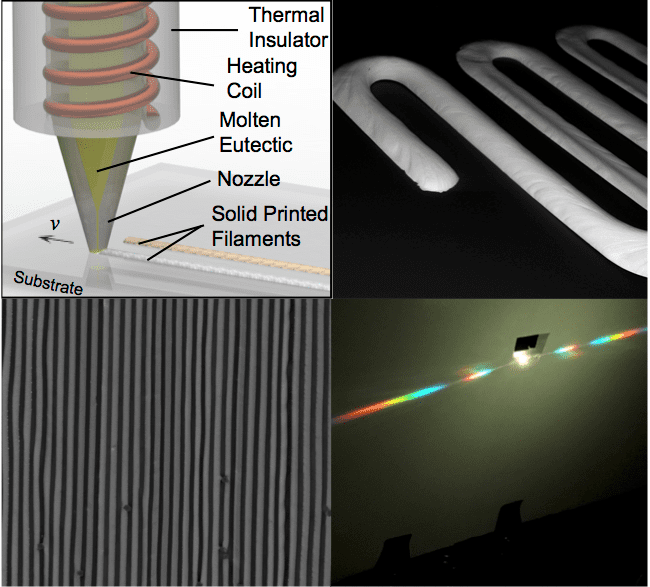
Jennifer Lewis and colleagues report a new process for creating mesoscale eutectic architectures, known as high operating temperature direct ink writing (HOT‐DIW).
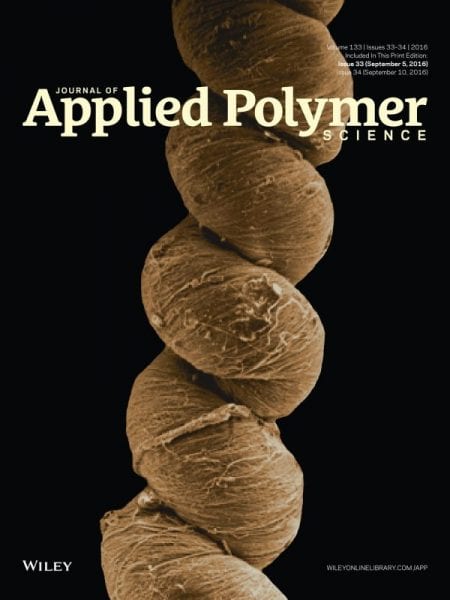
A scalable method to produce polymer nanofibers in a variety of different morphologies is presented.
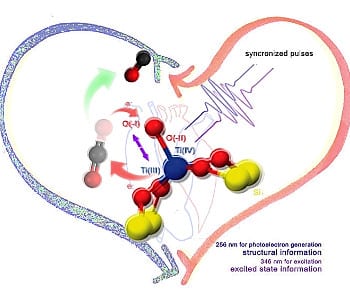
4D ultra-fast electron microscopy can peer into and peel away the most subtle details and beauty of photocatalysis, providing a new sharp focus realism of human-made nano machinery for the solar powered fixation of CO2 to fuels and chemical feedstocks.
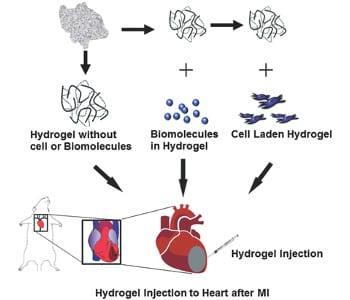
In a review by researchers at Harvard Medical School, MIT and the American University of Beirut, recent developments in injectable hydrogels for cardiac tissue repair are highlighted.